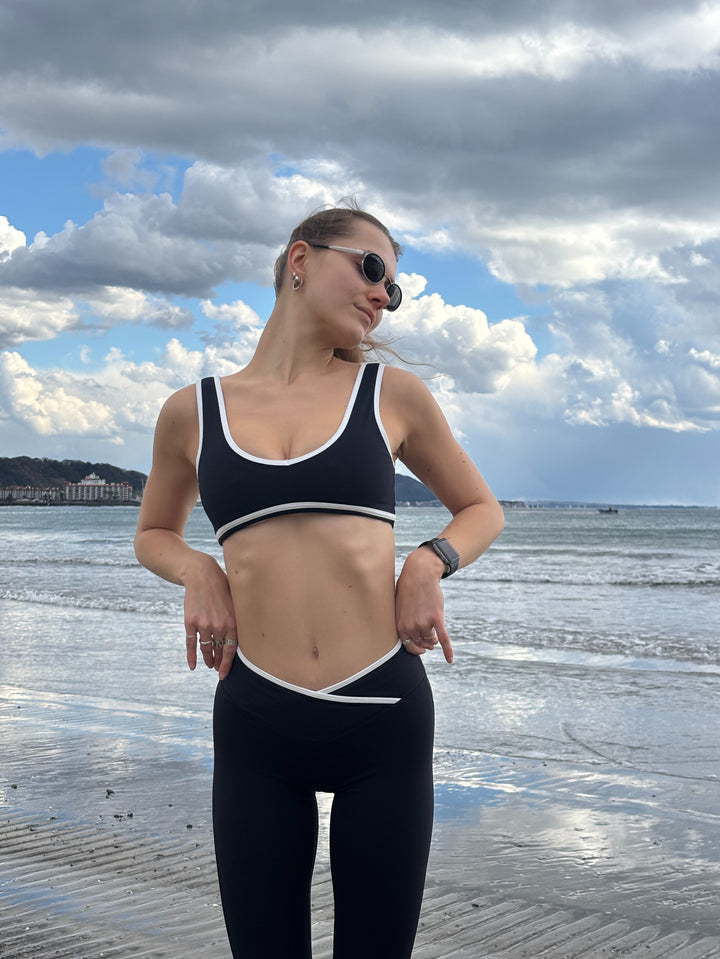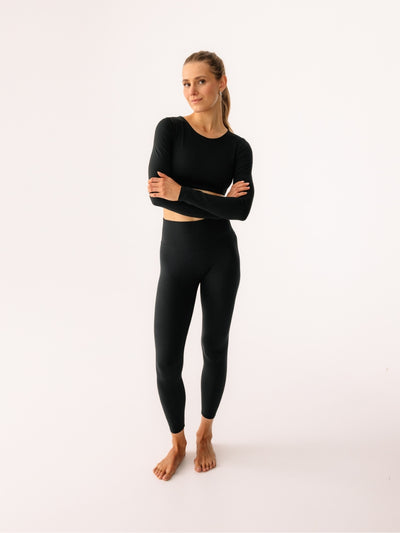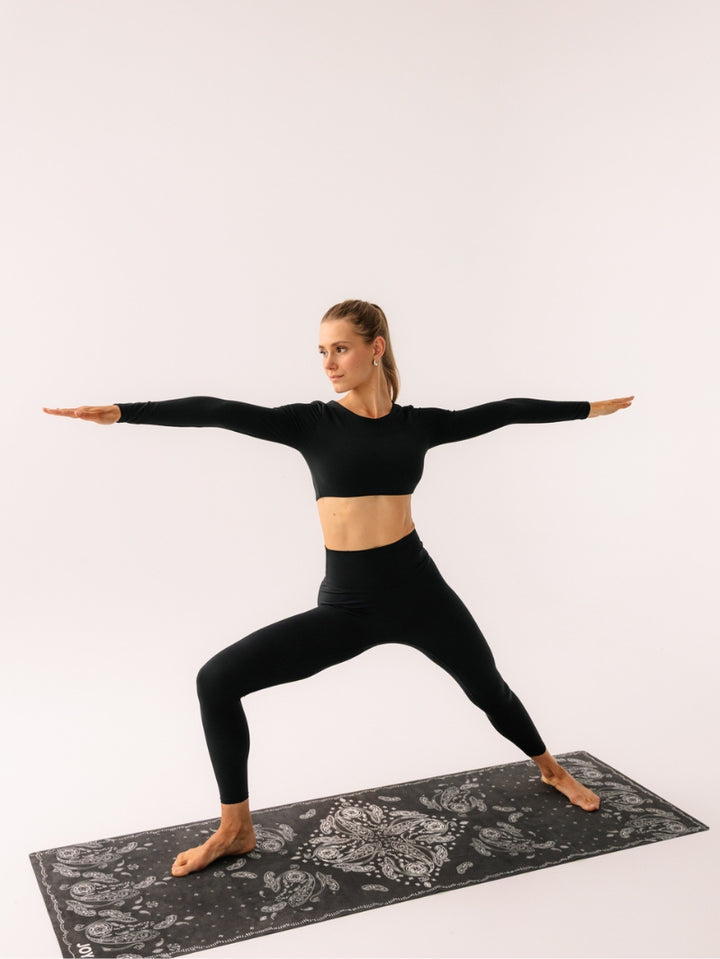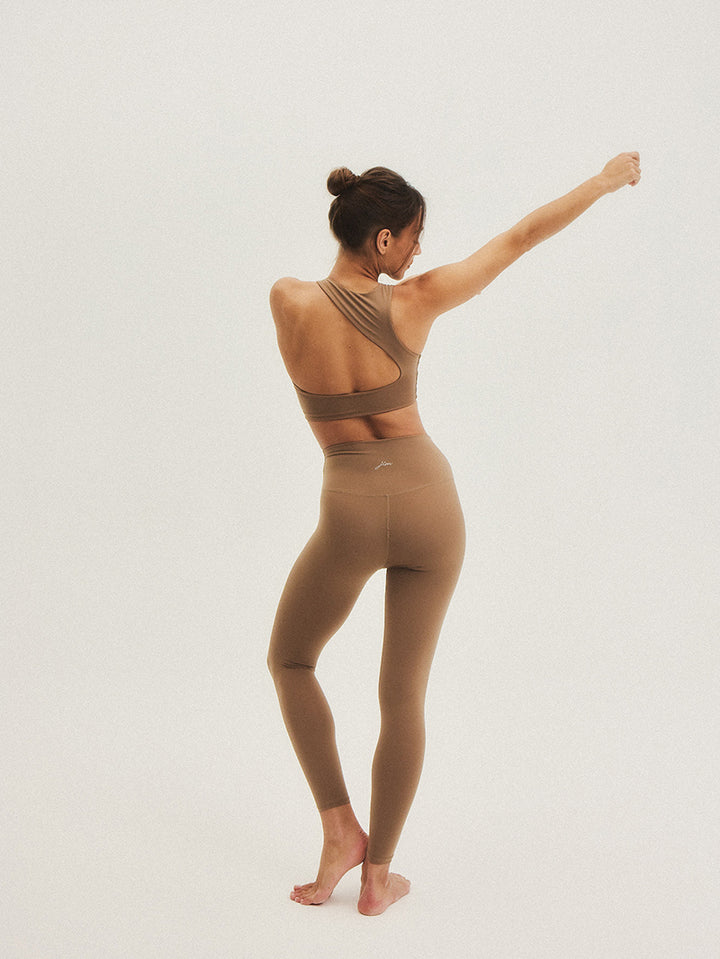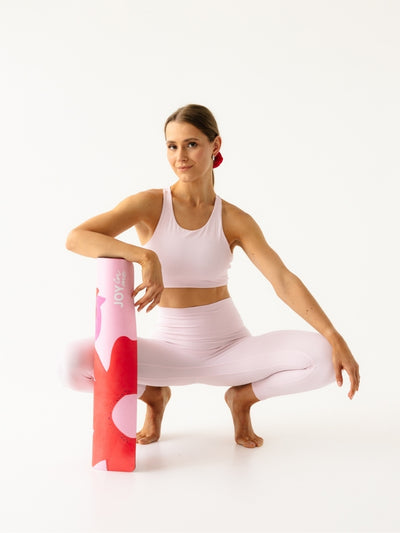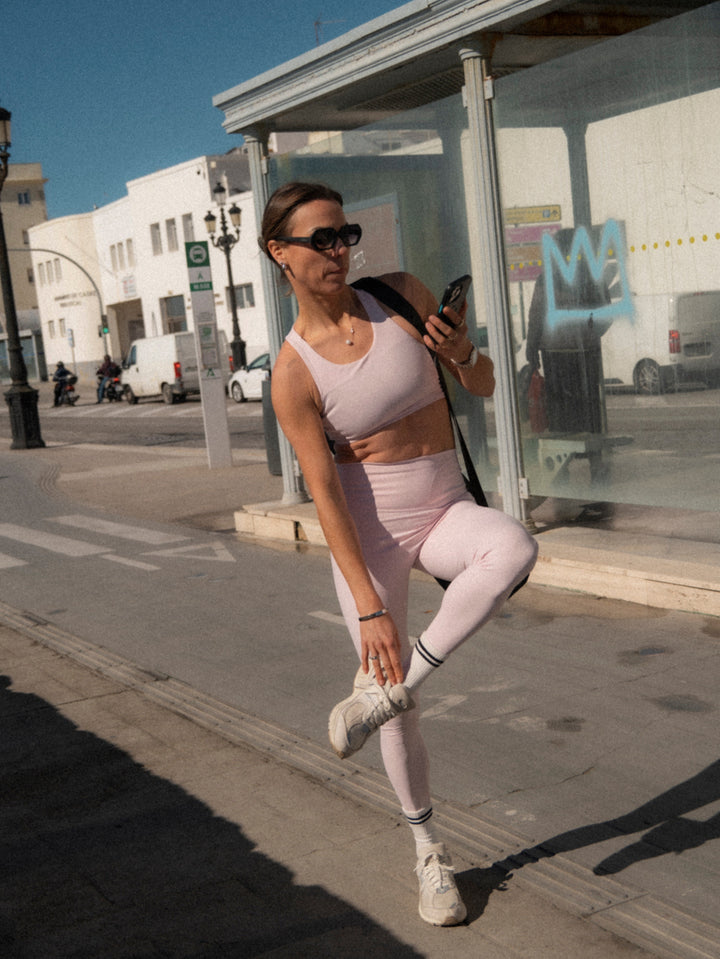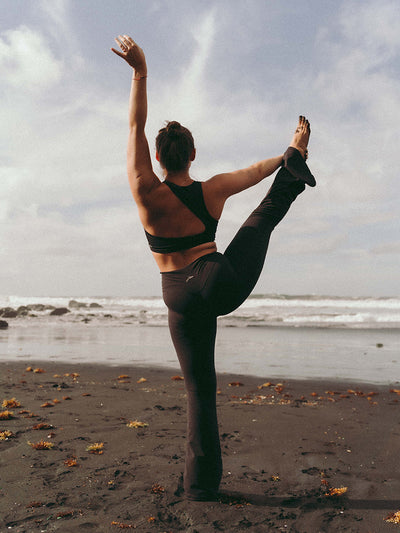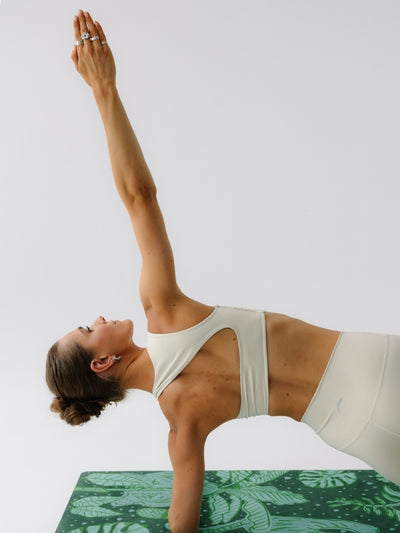Chair yoga – how to practice while sitting?
Did you know that you can reap the benefits of yoga even while sitting? Practicing in a chair is a great way to relax your muscles, improve your concentration, and reduce stress—all without having to get up. Do you work at a desk, have limited mobility, or perhaps you just want to incorporate yoga into your daily life? These simple exercises will help you feel better. How to get started? Check out our practical tips!
Chair yoga – who is it for and why?
Chair yoga is an excellent option for desk-bound individuals, seniors, those with limited mobility, and those just starting out. This form of yoga involves gentle stretching and strengthening without the need to get up from a chair.
The benefits of chair yoga include:
-
help in relaxing muscles and improving concentration,
-
supporting flexibility and coordination,
-
ability to adjust the difficulty level,
-
simple sequences to help you start practicing.
Short sequences for a work break – sitting yoga practice
Working at a desk often leads to body tension and a loss of concentration. Short yoga exercises in a chair can help relax muscles, improve circulation, and boost energy. Just a few minutes will be enough to feel the difference. Below, you'll find poses to practice in a chair, and if you're looking for a comprehensive sequence, check out our article: Desk yoga – asanas you can do at work .
Neck and back sequence
Prolonged sitting and tension can lead to neck pain and stiffness. Regularly performing simple exercises helps relax muscles and improve range of motion . These are movements you can do at any time:
-
neck twists (Greeva Sanchalana) – sit straight, relax your shoulders, slowly turn your head to the right, then to the left, do 5 repetitions on each side;
-
Side neck stretch – tilt your head to the side so that your ear is closer to your shoulder, you can gently press your head with your hand, hold for 10 seconds on each side.
Shoulder and upper back sequence
Sitting for long hours often leads to stiff shoulders and tension in the upper back. If you experience discomfort in these areas, try these exercises:
-
arm circles (Skandha Chakra) – raise your arms, make circular movements forward and backward, repeat 10 times in each direction;
-
chair twists (Ardha Matsyendrasana) – sitting straight, twist your torso to the right, grabbing the back of the chair, hold for 5 breaths and repeat on the other side;
-
Chair Eagle Pose (Chair Garudasana) – cross your arms in front of you, joining your hands, raise your elbows and breathe deeply.
Sequence for hands and wrists
Hands and wrists are particularly susceptible to strain, especially when spending long hours at a computer. Stretching your wrists is a simple way to increase flexibility and reduce stiffness. This can be done through forward and backward movements and gentle rotations, which helps improve circulation and reduce muscle tension.
Mudras, or special finger positions, also have a beneficial effect on the body and mind. A great and easy option is Gyan Mudra; simply join your thumb and index finger.
A 15-minute full chair yoga session for everyone
A full chair yoga session is an excellent way to improve mobility, reduce stress, and boost energy. It consists of several stages: preparation, warm-up, main practice, and cool-down. By practicing these exercises regularly, you can improve your posture and overall well-being.
Preparation (2 min)
Sit comfortably, feet flat on the floor, back straight. Close your eyes and try to focus fully on your breathing.
Warm-up (3 min)
Perform gentle joint movements and subtle bends and twists to prepare your body for further exercises.
Main Practice (8 min)
The main part of the practice consists of a series of strengthening and stretching exercises that support healthy posture and increase mobility. It's helpful to start with poses such as:
-
Chair Surya Namaskar – Sit up straight, feet flat on the floor. Place your hands together at heart level. Inhale, raise your arms above your head, and exhale, lean forward, lowering your arms toward the floor. Then, step back with one leg, raising your arms up. Bring your knee to your chest and bow your head.
-
Chair Warrior (Virabhadrasana) – Sit sideways on a chair, with your right side facing the backrest. Bend your right leg at the knee to a 90-degree angle, and extend your left leg back, resting your foot on the floor. Raise your arms overhead or out to the sides at shoulder height.
-
Seated Spinal Twist (Ardha Matsyendrasana) – Sit up straight with your feet flat on the floor. Place your right hand on your left knee and your right hand on the back of the chair. Inhale, lengthen your spine, and exhale, twist your torso to the left.
-
Chair Pigeon (Kapotasana) – Sit upright. Place your right foot on your left thigh, creating a figure-of-four shape. Keep your back straight and rest your hands on your knee and foot.
Cooldown (2 min)
At the end of the session, assume the Seated Mountain position , focusing on calm breathing and whole-body relaxation.
Pranayama – breathing exercises to be performed while sitting on a chair
Breathing exercises—pranayama— are an effective way to improve concentration, reduce stress, and support the respiratory system. Performed regularly, they help calm the mind and increase body awareness. In a seated position, you can practice, for example:
-
full yogic breathing – includes three stages: diaphragmatic breathing (deep abdominal breathing), rib breathing (expanding the chest) and clavicular breathing (raising the upper part of the chest);
-
alternate breathing (Nadi Shodhana) – involves alternately inhaling and exhaling air through one nostril while closing the other;
-
Bee Breath (Bhramari) – just close your eyes, take a deep breath, and then exhale, making a sound like the buzzing of a bee;
-
Cooling Breath (Sitali) – performed by rolling the tongue into a tube and inhaling air through the mouth, and then slowly exhaling through the nose.
How to incorporate seated yoga into your daily schedule?
Chair yoga can become part of your daily ritual, regardless of your schedule. It's best practiced in the morning to energize your body, during the day during a work break, or in the evening to unwind.
Even a few minutes a day is enough to feel its positive effects. It's also worth integrating breathing exercises and simple asanas into your office routine , for example, by taking short breaks for deep breathing or stretching while working at the computer. Try to listen to your own body and its needs.




